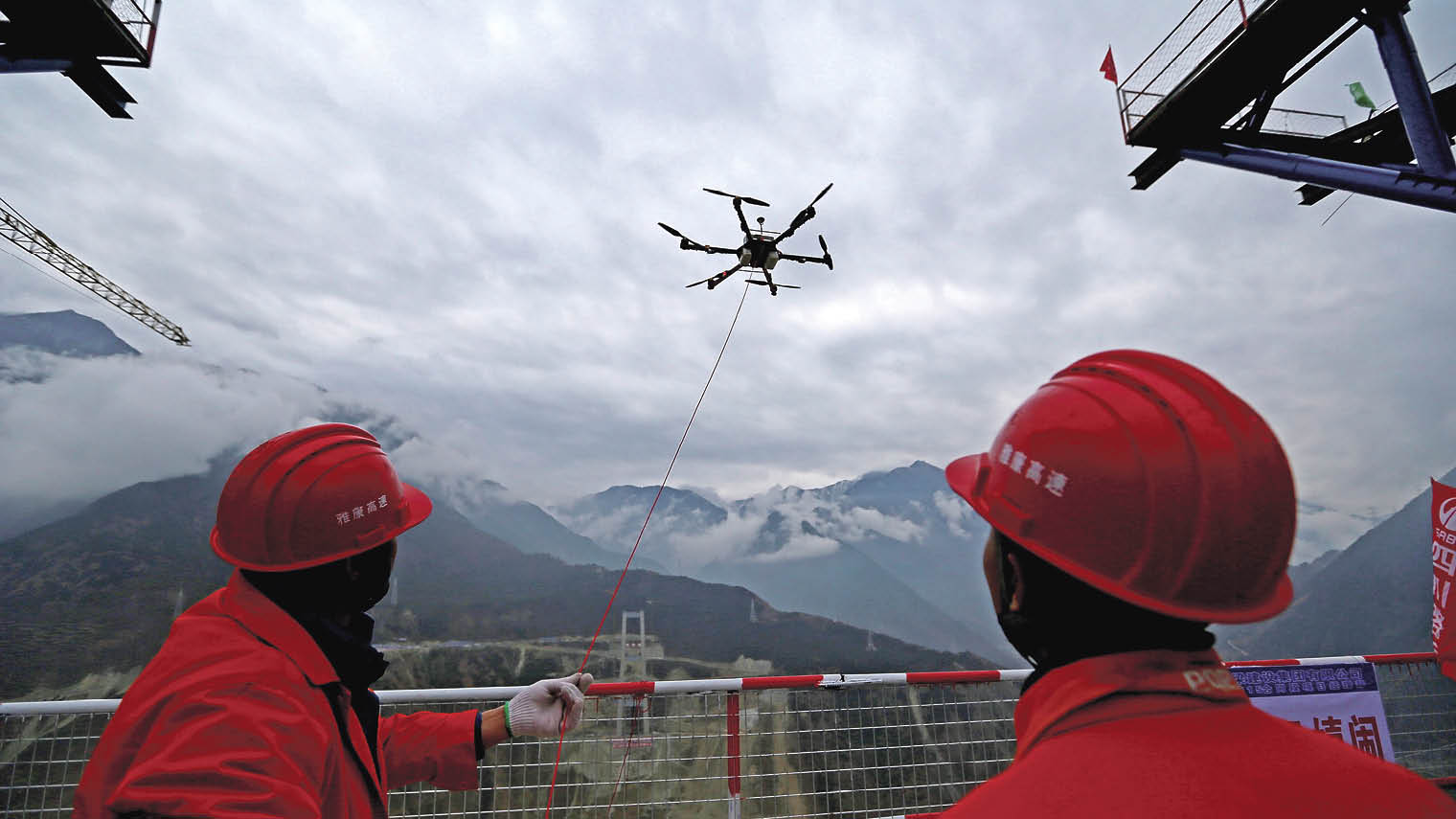How to utilise technology in construction projects
Contents |
[edit] Introduction
Technology has revolutionised many aspects of life and the construction is not immune to these advances either. But how can you utilise technology, and what benefits will it bring?
[edit] New building technologies
Prefabricated components are nothing new in the building industry, but as a building technology, modular building is only just coming to the fore in the UK. Accepted in many other countries as the way in which to build anything from a one-storey home to a multi-level clinical facility, modular building utilises all kinds of technologies in the design and construction stage.
And yet, it is a build technology that uses traditional materials, sometimes in very traditional ways. But when used with new technologies and ways of using the materials, the results are fabulous buildings that are warm in winter, cool in summer and efficient and cost effective to run.
As a technology, prefabricated and modular builds are created in component parts within a factory setting in half the time of a traditional build. Shipped and transported to site, it takes little effort and time to connect the pieces and create a water tight building ready for the input of services in no time. In effect, modular build technology saves money and time, clearly beneficial to every stakeholder in the build process.
[edit] The ‘smart’ building
Connectivity is a buzzword and a way of living that is now part and parcel of many commercial and domestic buildings in the UK and, in fact, the world.
The smart home and office are here to stay. In the future, we will no longer struggle to recharge phones and laptops because we can’t find the charger because homes and office premises will be built with this technology will be built within the four walls of the property.
Via apps, users will be able to control lighting and shade within a property, heat as well as coolness. All of this will come without a heavy impact on the environment as heating and cooling technology will increasingly work by energy efficient means, such as solar power.
Living or working in a property will be about comfort and ease of living, all made possible by the inclusion of responsive technology. People expect to be connected to the buildings they live and work in without effort.
[edit] Drones
Also known as ‘unmanned aerial vehicles’ (or UAVs), drones have a tricky reputation to manage. People question whether drones are ethical in some capacities, whilst others question the invasion of privacy as it is possible to observe people without them knowing.
And yet, we marvel at the picture quality and the amazing footage they provide, using an angle that until now, many of us have not been able to access.
For the construction industry, drones or UAVs could be a piece of technology that allows a bird’s eye view to monitor the construction progress of a building project. Imagine having an overarching view of your build to monitor the progress!
Benefit:
Drone footage is also useful for spotting health and safety issues on a work site, an important piece of technology, especially on a large construction project where not all areas are visible.
[edit] Detailed 3D modelling
Not necessarily a new idea, but the digital process of creating building design for clients and stakeholders to view is. Building Information Modelling (BIM) is a 3D model-based process for both creating and managing project information. It is, if you like, a digital description of the build.
The model can be liked to everything from photos to specifications for specific areas to manuals and so on.
As well as being an important visual technology, BIM and other 3D imaging processes can be used before, during and after the project has been completed. It produces better plans and better results, and evidence suggests that projects stay on budget too.
[edit] Energy-saving technology
There is no doubt that energy saving technologies will continue to grow, become more refined and new inventions will continue to come to the market. Energy saving technology is no longer an optional add on to a building but an essential component of any modern build. From reducing carbon emissions to increasing the comfort of domestic and commercial properties, there is a widening scope of energy saving technologies coming to the market.
Energy saving technologies are improving efficiencies within buildings by 70% or more and this is great news for the environment as a whole but also for property owners and tenants. An energy saving property tends to be a cheaper property to heat and that can only be a good thing.
What other technologies can you see coming to the fore and revolutionising the construction industry further?
[edit] Related articles on Designing Buildings Wiki
- Advanced construction technology.
- Building Information Modelling.
- Construction drones.
- Data and infrastructure productivity.
- Digital technology boost to construction industry.
- How technology is changing the real estate industry.
- Internet of things.
- Is disruptive innovation possible in the construction industry?
- Open data - how can it aid the development of the construction industry?
- Smart technology.
- The future of the built environment in a revolutionary age.
- The key trends making our cities greener, safer and smarter.
Featured articles and news
RTPI leader to become new CIOB Chief Executive Officer
Dr Victoria Hills MRTPI, FICE to take over after Caroline Gumble’s departure.
Social and affordable housing, a long term plan for delivery
The “Delivering a Decade of Renewal for Social and Affordable Housing” strategy sets out future path.
A change to adoptive architecture
Effects of global weather warming on architectural detailing, material choice and human interaction.
The proposed publicly owned and backed subsidiary of Homes England, to facilitate new homes.
How big is the problem and what can we do to mitigate the effects?
Overheating guidance and tools for building designers
A number of cool guides to help with the heat.
The UK's Modern Industrial Strategy: A 10 year plan
Previous consultation criticism, current key elements and general support with some persisting reservations.
Building Safety Regulator reforms
New roles, new staff and a new fast track service pave the way for a single construction regulator.
Architectural Technologist CPDs and Communications
CIAT CPD… and how you can do it!
Cooling centres and cool spaces
Managing extreme heat in cities by directing the public to places for heat stress relief and water sources.
Winter gardens: A brief history and warm variations
Extending the season with glass in different forms and terms.
Restoring Great Yarmouth's Winter Gardens
Transforming one of the least sustainable constructions imaginable.
Construction Skills Mission Board launch sector drive
Newly formed government and industry collaboration set strategy for recruiting an additional 100,000 construction workers a year.
New Architects Code comes into effect in September 2025
ARB Architects Code of Conduct and Practice available with ongoing consultation regarding guidance.
Welsh Skills Body (Medr) launches ambitious plan
The new skills body brings together funding and regulation of tertiary education and research for the devolved nation.
Paul Gandy FCIOB announced as next CIOB President
Former Tilbury Douglas CEO takes helm.
UK Infrastructure: A 10 Year Strategy. In brief with reactions
With the National Infrastructure and Service Transformation Authority (NISTA).
























